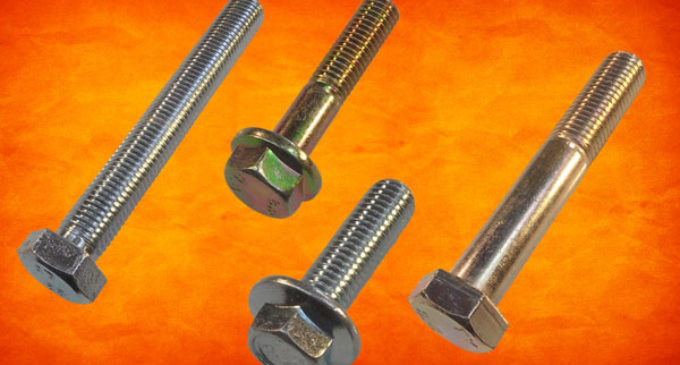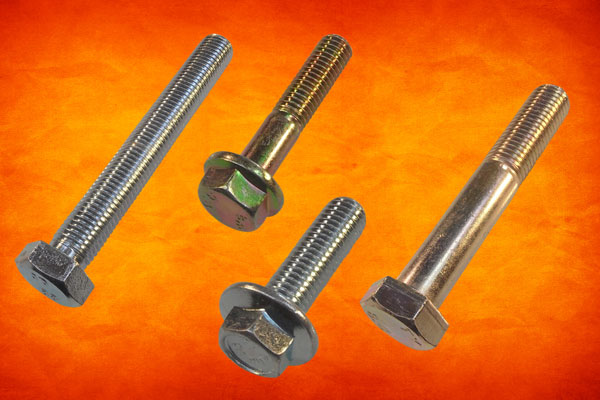How To Specify A Threaded Fastener Product

The following is a press release provided to GlobalFastenerNews.com. Contact the individual company for additional information.

Threaded fasteners are still one of the most common mechanical products manufacturing companies require on a daily basis. In fact they are so common that accurate terminology is often overlooked in the specification process and the complexity of detail may not be adequately appreciated. Challenge Europe therefore focus on full conversation with users where they can guide and advise.
For example, many people are unaware of the simple difference between a bolt and a set screw, a mistake which may cost thousands of pounds in incorrect supply, replacement and production delays, and the knock-on implications for contractual defaults or even catastrophic service failures if not corrected before ultimate use in the field.
Consequently the team at Challenge Europe have developed the experience and skill to guide customers along the path of selecting the right product for the job and helping them to understand the correct terminology to be used at the design stage or when ordering for manufacture.
Knowing the traps that can be easily fallen into, simple questions are asked that will enable Challenge to determine what it is that the customer is looking for. It is important that even basic information is determined correctly, like how is the customer measuring the length of a product, do they realise that most male fasteners are measured from under the head, whereas countersunk fasteners are measured inclusive of the head?
In very basic terms what are the things to be kept in mind when ordering fasteners:
1. Material – brass, steel, stainless steel etc.
2. Grade – 4.8, 8.8, 10.9, 12.9 etc.
3. Finish – self-colour, zinc plated, chemi-blacked, nickel plated etc.
4. Diameter – metric or imperial
5. Thread form – metric coarse, metric fine, BSE, UNC, UNF, BA, etc.
6. Head form – Hexagon, Countersunk, Pan, Cheese, Cap, etc.
7. Drive form – Socket, Multi-Lobed, Pozi, Phillips, Slotted etc.
8. Application – how is the fastener being used
There are of course many other factors that need to be taken into consideration at the more specialised end of the fastener range but Challenge Europe are able to provide technical expertise in helping to prevent the sort of frustration and product failures possible from simple mistakes of the kind described. Web: challenge-europe.co.uk



There are no comments at the moment, do you want to add one?
Write a comment